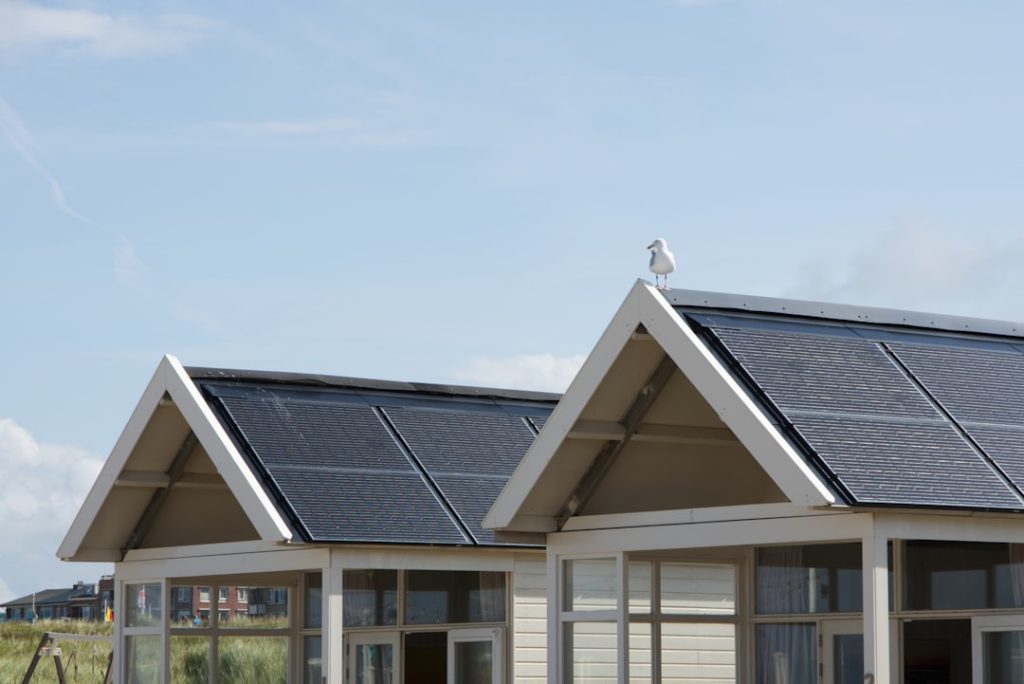Afghanistan’s energy sector is currently facing significant challenges, with the majority of the population lacking access to reliable electricity. The country relies heavily on imported energy, with a large portion of its electricity coming from neighboring countries such as Iran and Turkmenistan. This dependence on imported energy makes Afghanistan vulnerable to supply disruptions and price fluctuations, which can have a significant impact on the country’s economy and stability.
The lack of access to reliable electricity also hinders the country’s development and quality of life for its citizens. According to the World Bank, only about 28% of the population has access to electricity, with rural areas being particularly underserved. This lack of access to electricity not only limits economic opportunities but also affects essential services such as healthcare and education. Additionally, the reliance on imported energy puts a strain on the country’s finances, as it has to allocate a significant portion of its budget to pay for energy imports.
Despite these challenges, Afghanistan has significant potential for renewable energy development, particularly in solar and wind energy. The country has abundant sunlight and strong wind resources, which can be harnessed to provide clean and sustainable energy for its population. With the right investments and policies in place, Afghanistan has the opportunity to transition towards a more sustainable and self-sufficient energy system.
Challenges and Opportunities for Green Energy Technology
One of the main challenges for green energy technology in Afghanistan is the lack of infrastructure and investment in renewable energy projects. The country’s energy sector has been historically underdeveloped, with limited resources and expertise in renewable energy technologies. This lack of infrastructure makes it difficult to harness the potential of solar and wind energy and distribute it efficiently to the population.
Another challenge is the security situation in Afghanistan, which has deterred potential investors and developers from entering the market. The ongoing conflict and instability in the country have created a challenging environment for business and investment, making it difficult to attract the necessary capital and expertise for green energy projects.
Despite these challenges, there are significant opportunities for green energy technology in Afghanistan. The country’s abundant sunlight and strong wind resources provide a solid foundation for the development of solar and wind energy projects. With the right investments and policies in place, Afghanistan has the potential to become a regional leader in renewable energy, providing clean and sustainable electricity to its population while reducing its dependence on imported energy.
Government Initiatives and Policies to Promote Green Energy
The Afghan government has recognized the importance of green energy and has taken steps to promote its development. In 2017, the government launched the National Renewable Energy Policy, which aims to increase the share of renewable energy in the country’s energy mix. The policy sets ambitious targets for renewable energy deployment, including increasing the share of renewable energy to 80% by 2032.
In addition to policy initiatives, the government has also implemented programs to support renewable energy development, such as providing incentives for renewable energy projects and streamlining the permitting process for developers. The government has also worked to attract international investment and expertise in renewable energy, partnering with organizations such as the World Bank and the Asian Development Bank to support green energy projects in the country.
Despite these efforts, there are still challenges in implementing green energy policies in Afghanistan. The lack of institutional capacity and expertise in renewable energy technologies remains a barrier to effective policy implementation. Additionally, the security situation in the country continues to pose challenges for business and investment, making it difficult to attract the necessary capital and expertise for green energy projects.
International Support and Investment in Green Energy Projects
| Country | Investment in Green Energy Projects (in USD) | Renewable Energy Capacity (in MW) |
|---|---|---|
| United States | 50 billion | 150,000 |
| China | 100 billion | 200,000 |
| Germany | 30 billion | 80,000 |
| India | 40 billion | 100,000 |
International support and investment have played a crucial role in promoting green energy projects in Afghanistan. Organizations such as the World Bank, the Asian Development Bank, and the United Nations have provided funding and technical assistance for renewable energy development in the country. These organizations have supported a range of projects, including solar power plants, wind farms, and off-grid solar installations in rural areas.
In addition to multilateral organizations, several countries have also provided support for green energy projects in Afghanistan. For example, India has been a key partner in supporting solar energy development in the country, providing funding for solar power plants and technical assistance for solar energy projects. Other countries such as Germany and the United States have also provided support for renewable energy development through funding and technical assistance.
International support and investment have been crucial in overcoming some of the challenges facing green energy development in Afghanistan. By providing funding and technical expertise, international organizations and countries have helped to build the necessary infrastructure and capacity for renewable energy projects in the country. This support has been essential in driving forward the transition towards a more sustainable and self-sufficient energy system in Afghanistan.
Advancements in Solar and Wind Energy Technology in Afghanistan
In recent years, there have been significant advancements in solar and wind energy technology in Afghanistan. The declining cost of solar panels and wind turbines has made these technologies more accessible, leading to an increase in renewable energy deployment in the country. Solar power plants and wind farms have been developed in various parts of Afghanistan, providing clean and sustainable electricity to the population.
In addition to utility-scale projects, there has also been a growing focus on off-grid solar installations in rural areas. These installations provide electricity to communities that are not connected to the national grid, improving access to electricity and enhancing livelihoods in these areas. Off-grid solar installations have been particularly beneficial for remote communities, where extending the national grid is not feasible.
Despite these advancements, there are still opportunities for further innovation in solar and wind energy technology in Afghanistan. Research and development efforts are needed to improve the efficiency and reliability of solar panels and wind turbines, making these technologies more cost-effective and suitable for the country’s specific environmental conditions. Additionally, there is potential for hybrid systems that combine solar and wind energy to provide a more reliable and consistent power supply.
The Role of Green Energy in Economic Development and Job Creation

Green energy has the potential to play a significant role in economic development and job creation in Afghanistan. The development of renewable energy projects can stimulate economic growth by creating new opportunities for investment, business development, and employment. As renewable energy projects are developed, they create demand for local labor, materials, and services, providing economic opportunities for communities across the country.
In addition to direct economic benefits, green energy can also contribute to broader economic development by improving access to reliable electricity. Access to electricity is essential for economic activities such as agriculture, manufacturing, and small businesses, enabling these sectors to grow and thrive. By providing clean and sustainable electricity, green energy can support economic diversification and resilience in Afghanistan.
Furthermore, green energy can contribute to job creation by supporting a range of skilled and unskilled employment opportunities. From project development and construction to operations and maintenance, renewable energy projects create jobs across various sectors of the economy. This can be particularly beneficial for young people entering the workforce, providing them with opportunities for training and employment in a growing industry.
Future Prospects and Goals for Green Energy in Afghanistan
Looking ahead, there are significant prospects for green energy in Afghanistan. The country has abundant renewable energy resources that can be harnessed to provide clean and sustainable electricity for its population. With the right investments and policies in place, Afghanistan has the potential to transition towards a more self-sufficient and resilient energy system that supports economic development and improves quality of life for its citizens.
To achieve these goals, it will be essential for the Afghan government to continue implementing supportive policies and programs for renewable energy development. This includes creating an enabling environment for investment, streamlining permitting processes, and providing incentives for renewable energy projects. Additionally, efforts are needed to build institutional capacity and expertise in renewable energy technologies to ensure effective policy implementation.
International support will also be crucial for driving forward green energy development in Afghanistan. Multilateral organizations and countries can continue providing funding and technical assistance for renewable energy projects, supporting capacity building efforts, and facilitating knowledge sharing and collaboration. By working together, Afghanistan can realize its potential as a regional leader in renewable energy, providing clean and sustainable electricity for its population while contributing to broader economic development and job creation.
Revolutionizing Kabul with renewable energy solutions is a crucial step towards a sustainable future for Afghanistan. As the country seeks to reduce its reliance on traditional energy sources, the adoption of green energy technology is gaining momentum. In a related article on Almassiyah, the top Afghan coal plant is leading the way in processing eco-friendly briquette alternatives for sustainable living. This innovative approach not only addresses the environmental impact of traditional coal usage but also paves the way for a more sustainable and eco-friendly energy landscape in Afghanistan. (source)



